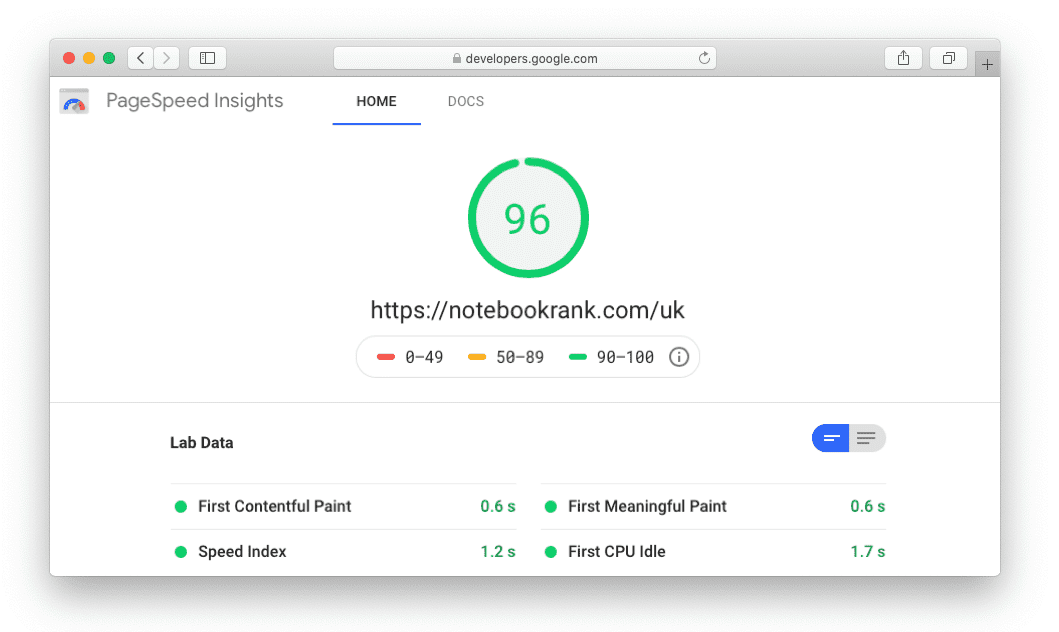Why new users can kill your web application?
Do you want to attract more users for your SaaS? I am sure you do. If you are a SaaS owner, you probably track all the metrics like conversion rate, activation, churn, and MRR. But it all comes down to the users. The more you acquired, the better, right? Well… usually yes.
But what if the number of users outgrows the capabilities of your SaaS platform? Overloaded servers clog up, users start to complain, the website slows down, or even worse… goes completely down - as does your revenue.
The abrupt growth in users number, instead of great success, could present a huge threat to your web application and business. Are you ready for the hug of death?
The hug of death - be ready to scale your SaaS quickly
Not everyone has heard of a Slashdot website, more are familiar with Reddit or Digg, but for sure you know at least Twitter or ProductHunt. What do they have in common? All of them caused thousands of other websites to crash. By accident - at least kind of…
What is your record of simultaneously active users on your website? A hundred? More than a thousand? Good. But can you imagine how these numbers will change if your page gets temporarily featured on a website like Reddit with over 300 million viewers?
This may be a real moment of fame for your SaaS. But it may be a really short one if your web application crashes under such a massive increase in short term traffic. That is what we call the Reddit hug of death or a Slashdot effect. And every country has its equivalent of Reddit, Digg or Slashdot. So better make sure your web application is scalable and can be quickly scaled up to serve more users when the prime time comes.

More on that topic you will find in my next blog post - a real life story from the spectacular crash of popular startup and how we "made sure it's website won't crash again".
The same thing may happen if your SaaS catches the eye of some influencer or a celebrity. Being linked by them on Twitter is great as long as your site is not down. And there are even examples of websites that crashed under the popularity caused by… a Google Doodle…
Marketing versus web application performance
Speaking of Google - I am quite sure that SEO is of importance to you. Search results are usually one of the main sources of traffic for SaaS landing pages. Usually, the number of visitors from organic search does not increase significantly overnight (or it does - if your main keyword is linked by the Google Doodle logo - true story). Usually, it is a very long process, but if done right, sooner or later it will start to generate new users to your website. And when it does, don’t allow your servers to be surprised!
Know the numbers - only 1% of users see the third page of search results, 10% second one, and 100% first one. It means that every time your website moves in search results from page to page, it may get 10 times more visitors. So while investing in your SEO, don’t forget to focus also on your web app performance. And track both of them!

While planning any marketing activities, it is always good to confirm first with your tech team whether your website will be ready and won’t slow down. Multiple studies (by Amazon, Google, or BMW) shows that just a 1-second difference in page loading time can impact the revenue from 7% to even 20%! So especially if you invest in paid ads campaigns, make sure that your SaaS is prepared for the potential high traffic it may produce. Don’t let your Black Friday promo suffocate your servers!

And of course, there is viral marketing and all the different ways of growth hacking. It is extremely hard to predict if and when these will work out. But when they do, the growth may be exponential. So be prepared and make sure in advance that your web application is well optimized and scalable.
Scale your business but also scale your web application
New users may cause you trouble also in less unexpected situations. Sometimes it is just a steady organic growth of your business, new users that onboard every month. And one day, you notice that your web application is just a little bit slower than it was before. Your developers implement a few fixes, and it improves, but only temporarily. Soon the initial glitches become annoying delays, and it gets worse with every new user.
You begin to realize that your SaaS is reaching some technical ceiling. Your web developers start to blame the *verloaded server, the database, the code, and (of course!) previous developers. And you, instead of planning your expansion to the new markets, do your utmost to keep already complaining users with you.
Focusing on technical issues, instead of the growth of your business? It’s frustrating! Indeed, but unfortunately, quite common as well. It is not surprising that your SaaS at some point in time, may not be able to handle more users. Everyone wants to grow big, go global, etc… But it is very rare to start a business from creating a web application that is ready for such a scale.

When you are a startup, there are many expenses more important than highly scalable architecture and cloud infrastructure. Optimizing your SaaS too soon is usually overkill for your budget. But when your business grows and gets more mature, do not forget that also your web application should gradually get some maturity and get rid of the technical debt. Website scalability is important, because sooner or later, to scale your SaaS business you will have to scale your software as well. The question is, is it already late?
How many users will your SaaS handle?
You may ask yourself - should I worry now? How far is my website from reaching the limit? Or crashing? Unlike in business, for your website performance, the sky may not be the limit - usually, it is well below that. Let’s see exactly where...
There are a couple of easy to use online tools that will help you to measure your website and web application performance. Let’s start by checking the current load times of your landing page using PageSpeed Insights or GTMetrics. Both will test your page speed and will give you a handful of insights on how your site performs on desktop and mobile devices. Usually, website speed with the score above 90% (or B on GTMetrics) is considered as quite a good one but remember that every second count when it comes to page loading times.

PageSpeed Insights and GTMetrics are useful to check the situation for your current users. To see how it will change when the number of users grows you can use tools for load testing, like flood.io or k6.io. Be ready for a real web performance test!
These will put your SaaS under the stress test, auditing its behaviour for an increasing number of users. You will discover the limits of your web application and will see when it is going to crash. Hopefully, it isn’t soon. Or is it?
How to improve your website performance?
Unexpected popularity on Product Hunt? Black Friday deals? New reach opportunity? It is important to work on your SaaS performance and scalable web architecture on an everyday basis. Measure, plan, and improve your SaaS capabilities in advance, to make sure your software and servers are ready when the growth happens. But of course, sometimes it is just too late for a steady continuous improvement process.
Fortunately, there are usually a few things that can be improved quickly. Like growth hacks - but tech ones. Our CTO describes these in his article on Top 5 hacks to fix slow web applications - make sure to read it. However, if you need an immediate assistance, drop us a message and I will make sure we will help you right away.



